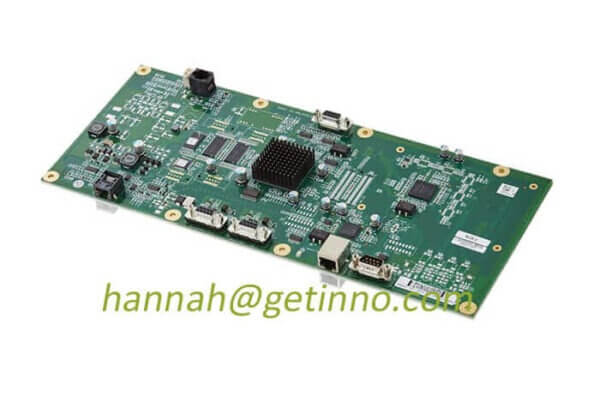Inspired by nature, new robot arm becomes more flexible in operation
robotExploring the workspace through plant-like oscillations, gathering information from the environment and building a knowledge base, is how a recently developed plant-inspired Robotic controller can improverobotic armThe performance environment in the unstructured real world allows the robot arm to reach a specified location or approach an object around it.
Researchers at the Brain-Inspired Robotics (BRAIR) Laboratory, the Biorobotics Institute of the Santa Ana Institute for Advanced Study in Italy, and the National University of Singapore have developed the controller, which draws inspiration from nature to mimic artificially replicating biological processes, natural structures or Animal behavior to achieve specific goals. This is because animals and plants have innate abilities that help them survive in their respective environments and thus also improve the performance of Robots outside of laboratory settings.
Using information obtained from proximity sensing embedded near the end effector to move toward the desired spatial target, the controller was tested on a 9-DOF modular cable-actuated continuous arm to reach a spatially multiple set points. The results promise to deploy these systems into unstructured environments.
According to Enrico Donato, one of the researchers who carried out the study, the soft robotic arm is a new generation of robotic manipulators demonstrated from “boneless” organisms such as octopus tentacles, elephant trunks, plants, etc. Drawing inspiration from the advanced manipulative capabilities of the human body, these principles are translated into engineering solutions, resulting in a system composed of flexible and lightweight materials. These materials can undergo smooth elastic deformation to generate supple and dexterous motion, properties that allow the system to exhibit physical robustness and human safety.
While soft robotic arms can be applied to a wide range of real-world problems, they are particularly useful for automated tasks that involve reaching desired locations that rigid robots might not be able to reach. Multiple research groups have recently been trying to develop controllers that would make these flexible robots The arm is able to handle these tasks efficiently.
Having found that most existing controllers for soft robotic arms perform well primarily in laboratory settings, Donato and his colleagues set out to create a new controller that is also suitable for real-world environments, inspired by on the movement and behavior of plants.
“Contrary to the common misconception that plants don’t move, plants actively and purposefully move from one point to another using growth-based locomotion strategies that are so effective that plants can inhabit nearly every habitat on Earth,” Donato said. Earth settlement, an ability that is lacking in the animal kingdom. Interestingly, unlike animals, plant locomotor strategies do not originate in the central nervous system, but in the form of complex decentralized computing mechanisms.”
The team exclusively used an artificial intelligence-based tool consisting of decentralized computing agents assembled in a bottom-up structure. The novelty of the modified bionic controller is its simplicity, which researchers can use in soft robotics. The basic mechanical function of the arm to generate the overall extension behavior. Specifically, the soft robotic arm is composed of redundantly arranged soft modules, each of which is activated by a radially arranged triad of actuators. For this configuration, the system can generate six main bending directions.
So far, the researchers have tested their controller in a series of tests using a modular cable-driven lightweight soft robotic arm with nine degrees of freedom (9-DoF), and the results have been positive, with the arm more robust than past robots. Other control strategies more efficiently explore the surrounding environment and reach target locations.
In the future, the new controller can be applied to other soft manipulators and tested in the laboratory and in real-world environments to further evaluate its ability to cope with dynamic environmental changes. At the same time, the R&D team plans to further develop their control strategies so that It can generate additional robotic arm movements and behaviors.
The Links: 3HAC10828-15 3HNA009326-001
Pre: Universal robots are no longer far aw... Next: The Netherlands develops an all-plast...




